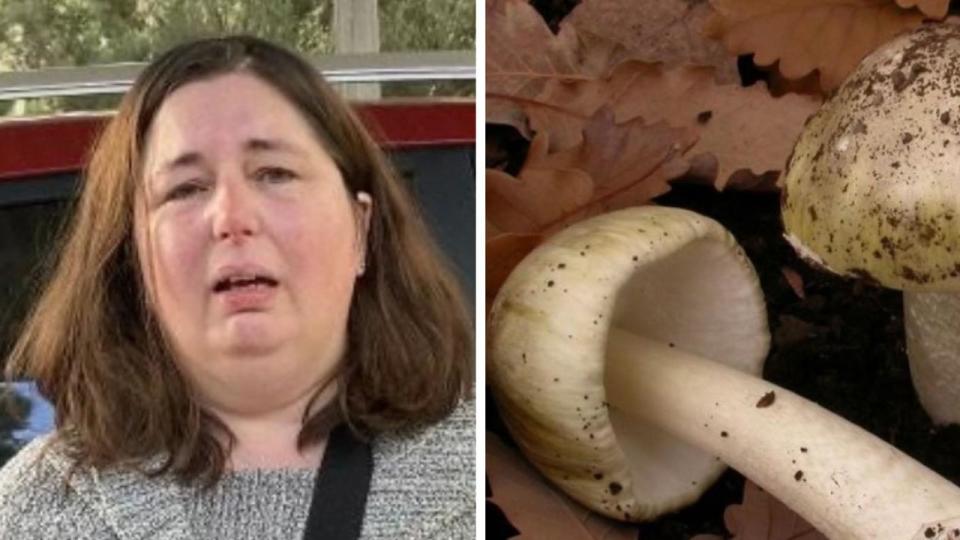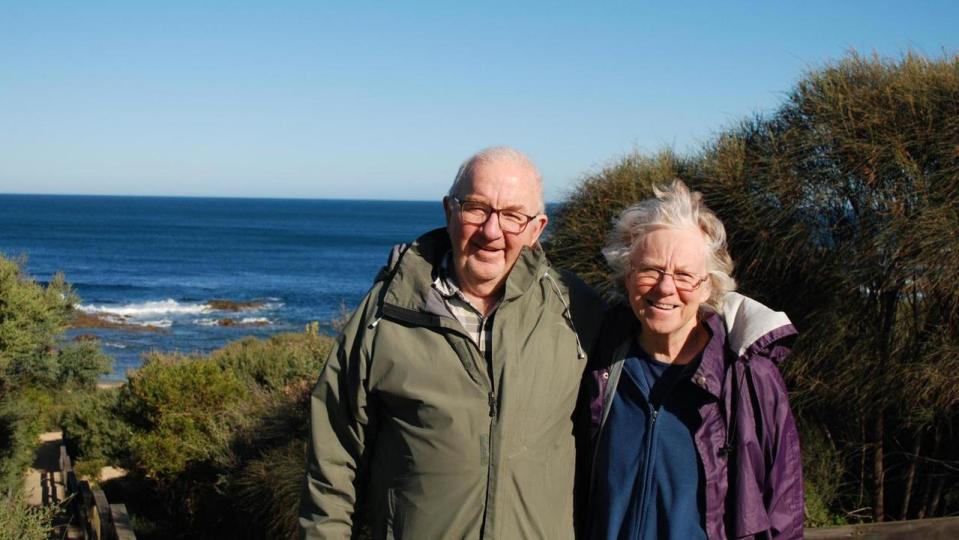Crucial detail in deadly mushroom case

A forensic toxicologist has revealed the unlikely chain of events that would have had to occur for police to be able to prove a mushroom-infused beef wellington killed three people.
Don and Gail Patterson died after eating the meal cooked by their former daughter-in-law Erin Patterson at her home in Leongatha, southeast of Melbourne, on Saturday, July 29.
Ms Patterson’s sister Heather Wilkinson also died after eating the meal, while her husband Ian, the local pastor, remains in hospital.
Victoria Police continue to investigate the deaths but have laid no charges.
Independent Forensic Consulting director Michael Robertson explained that for forensic toxicologists to determine whether a death cap mushroom was the cause of death, they would need access to time-sensitive pathology samples.

“The toxin usually only lasts in the blood for 12 to 24 hours and in the urine for up to 48 hours,” he said.
Police said the four family members started to experience symptoms of food poisoning on the same evening they ate the beef wellington.
They attended local hospitals soon after and were then transported to Austin Hospital in northeast Melbourne.
Six days after the fateful lunch, two of them had died and a third followed the next day.
Dr Robertson said the hospital would have had less than two days to take vital samples from the four victims before the toxin disappeared from their bloodstream.

“They may not have got there until sort of midnight or the early hours of the morning after the lunch,” he said.
“If that’s the case, it would mean they may have been close to 12 hours after lunch before they got to the hospital, which would have been the first chance to collect any samples.
“So it’s possible that all the samples just weren’t available or that the samples were useless.”
If the samples were taken and sent for testing, it could still take weeks before the results are revealed.

“They (forensic toxicologists) will have likely never done this before,” Dr Robertson said.
“They’ve also got to get a pure sample of the toxin and because (death cap mushroom poisoning) is so uncommon in Australia, they would likely have to source that from overseas.
“So the question now is how quickly can you get something from Europe express post to Australia?”
He said it might be more efficient to have the samples taken to a larger forensic lab in Europe where the death cap mushroom is more common and forensic toxicologists are practised at testing it.
Dr Robertson estimated the tests would take at least six weeks to complete, meaning the results are still at least two weeks off.
A community memorial is being held for the Pattersons in the Victorian town of Korumburra, southeast of Melbourne, on August 31.


